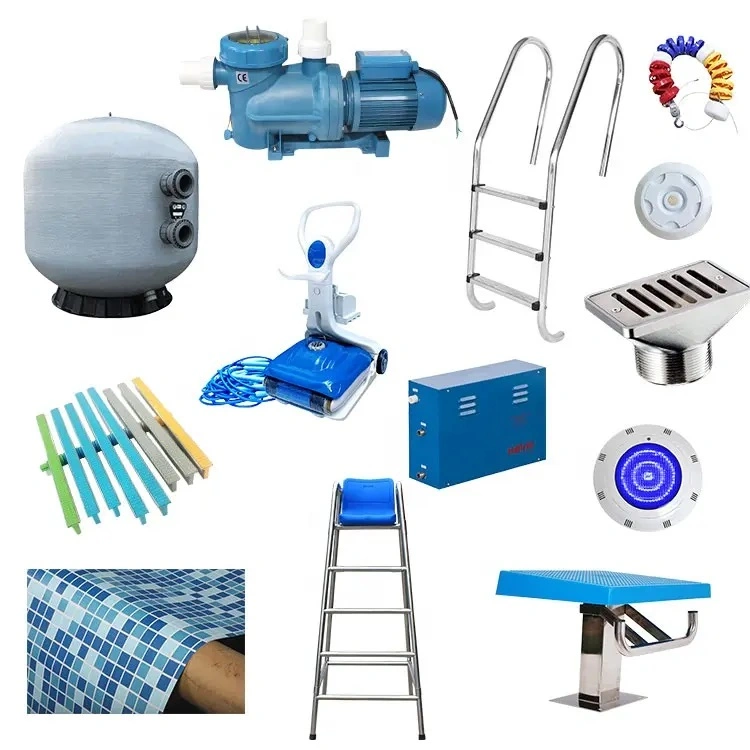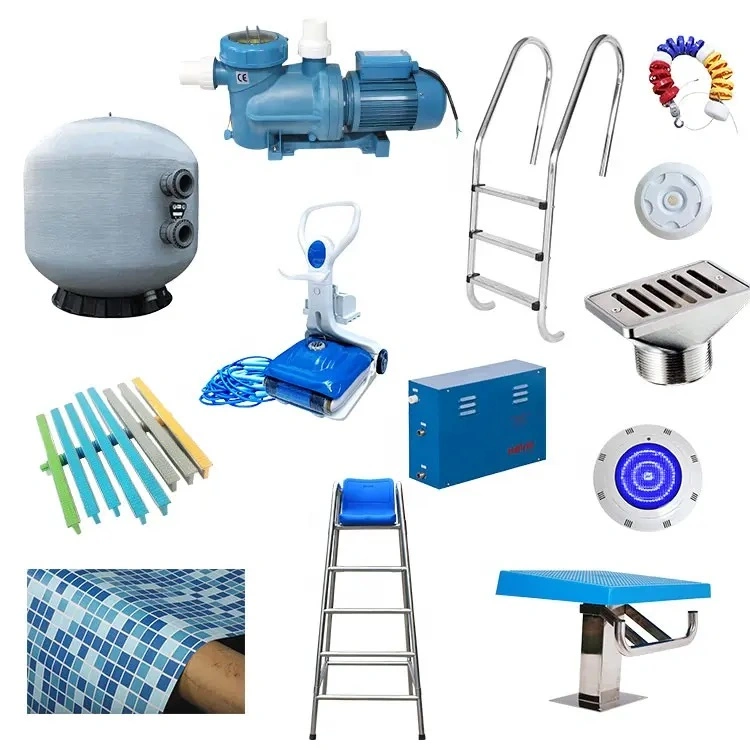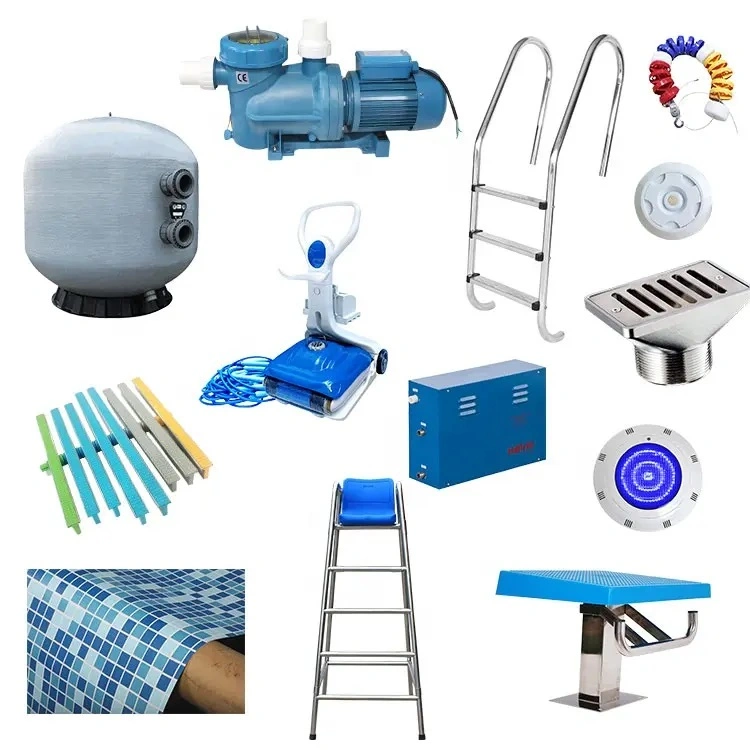How Slot Machines Help in Understanding Probability
March 30, 2025 | News | No Comments
# How Slot Machines Help in Understanding Probability
## The Fascinating World of Slot Machines
Slot machines have long been a staple in casinos worldwide, captivating players with their flashing lights and exciting sounds. Beyond their entertainment value, these machines offer a unique opportunity to understand fundamental concepts of probability and statistics.
## Probability Basics Through Slot Reels
At their core, slot machines operate on simple probability principles. Each reel contains a specific number of symbols, and the combination that appears when the reels stop determines the outcome. Modern slot machines typically use:
– 3 to 5 reels
– 20 to 30 symbols per reel
– Various payline configurations
The probability of hitting any particular combination can be calculated by multiplying the probabilities of each symbol appearing on its respective reel. For example, if a slot has three reels with 20 symbols each, the probability of hitting three identical symbols would be (1/20) × (1/20) × (1/20) = 1/8,000.
## Understanding Randomness and Independent Events
Slot machines demonstrate two crucial probability concepts:
1. **Randomness**: Each spin is an independent event, unaffected by previous outcomes
2. **Independent events**: The result of one reel doesn’t influence the others
This helps debunk common gambling myths like “the machine is due for a win” or “I’m on a hot streak.” Each spin has the same probability regardless of previous results.
## Expected Value and House Edge
Slot machines also illustrate the concept of expected value – the average result if an experiment (like a slot spin) is repeated many times. Casinos design slots with a built-in house edge, ensuring that over time:
– The casino retains a percentage of all money wagered
– Players experience wins, but the long-term expectation favors the house
For example, a slot with a 95% return to player (RTP) means the house keeps 5% of all wagers over time.
## Modern Slot Technology and Probability
Today’s digital slot machines use:
– Random number generators (RNGs) to ensure fair outcomes
– Complex algorithms determining symbol frequencies
– Multiple virtual reels that may differ from displayed reels
These technological advancements maintain the illusion of simple probability while creating more engaging gameplay experiences.
## Educational Applications
Understanding slot machine mechanics can help in:
– Developing critical thinking about gambling risks
– Applying probability concepts to real-world situations
– Recognizing patterns in random events
– Making informed decisions about risk and reward
While slot machines are designed for entertainment, their underlying mechanics provide valuable lessons in probability that extend far beyond the casino floor.
Keyword: helpslot



